Wreck Diving Restrictions
Wreck diving is an exhilarating activity for scuba divers, but entering wrecks introduces a level of complexity and increased risks that demand advanced training and specialist equipment. One significant risk in wreck penetration diving is getting entrapped when passing through restrictions. As a technical wreck instructor with 3 decades of wreck diving experience, I have to deal with wreck restrictions on a regular basis. This article explains how I define wreck restrictions to enable best practice protocols when passing through them.
What is a restriction in wreck diving?
The basic definition of a restriction in wreck diving is a confined space that acts as an obstacle to slow the speed of a diver during a shipwreck penetration and prevents conventional dive emergency techniques, such as air-sharing when using normal scuba diving gear.
Defining & grading wreck restriction severity
Very few diving agencies go into detail about wreck diving restrictions. Those that do, tend to limit their definition to either ‘not restricted’ or ‘restricted’.
That definition hinges upon whether two divers could pass through simultaneously when sharing gas. The intention of this is to prevent recreational divers from entering areas that they could not easily exit from when sharing gas with a ‘conventional’ short-hose regulator.
My experiences as a technical wreck and sidemount instructor have taught me that these two definitions are generally too vague to enable clear communication and risk planning on the issue of passing through wreck areas of varied confined space.
No formal system exists for grading levels of wreck restriction
Whilst a recreational-trained wreck diver is typically told: “enter no restrictions“, and a technical-wreck qualified diver is told they can pass through “any restrictions“, there is little or no definitive advice given about what actually constitutes a restriction.
A recreational diver shouldn’t enter any area inside a wreck where they couldn’t exit sharing gas. As short-hoses are typically used at this level of diving, that would typically mean traveling side-by-side. Any space that prohibited side-by-side passage shouldn’t be entered.
Technical wreck divers are taught to share air using long hoses through areas too small to pass side-by-side. They can exit a wreck in a single file and still share gas. At this level of diving, a restriction becomes determined by whether the divers may have to remove some or all of their equipment, and the degree to which a restriction delays their exit time.
Rarely are technical wreck divers taught more refined techniques for safely passing through extremely confined spaces. Such techniques are normally only found on more advanced sidemount and tier-one exploration-grade cave courses. The skillset taught will include the removal of equipment to pass through restrictions, how to pass through tight squeezes safely, and air-sharing protocols for when long-hose donation may be slow and problematic.
I will attempt to address this absence of a specific definition by explaining my own categorization of wreck diving restrictions.
Grades of wreck diving restrictions
My grading system for wreck diving restrictions is loosely based on the grading system for climbing. The definitions are based upon several factors; including whether or not a partial or full removal of equipment is necessary.
It is important to note that equipment removal makes each definition relative to what gear configuration the diver is using; sidemount, backmount open-circuit or back-mounted CCR. A restriction that may be graded as difficult (D) for a sidemount diver could be severe (S) for a backmount diver or extreme (E) for a back-mounted CCR diver.
Wreck Diving Restrictions: Basic (B)
- Two divers can pass through simultaneously, whilst sharing air (side-by-side or piggyback).
- No impediment to swift egress from the wreck
The lowest grade of wreck diving restriction is any space that permits two divers to pass through side-by-side whilst sharing air with a short hose regulator. Whilst the space may not be wide open, moving through it does not risk any delays in exiting the wreck.
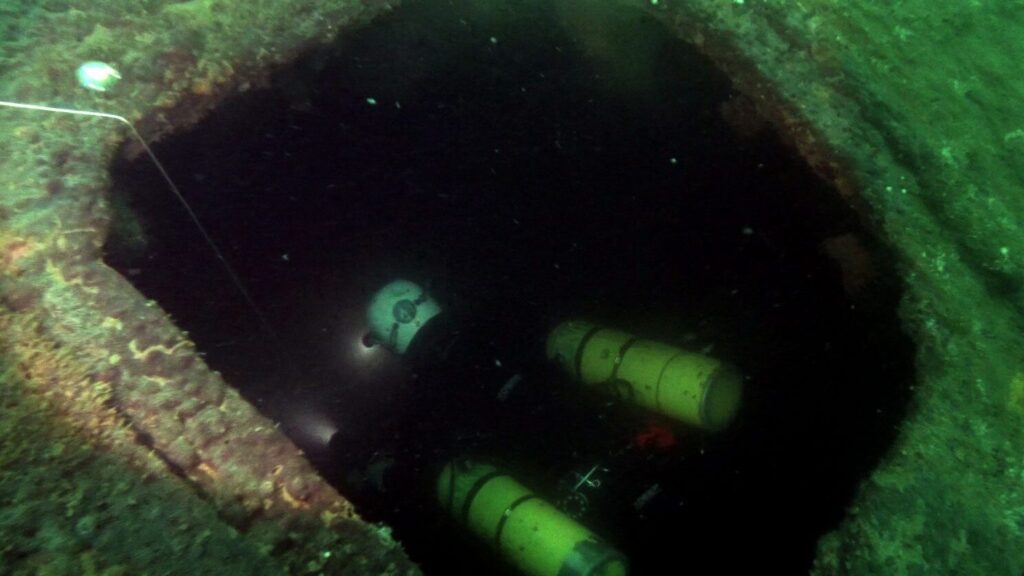
Wreck Diving Restrictions: Moderate (M)
- Two divers cannot pass through simultaneously
- Sharing gas requires a long hose
- A single diver may pass easily
- No time impediment likely to exit from the wreck
A moderate-level wreck diving restriction is when two divers cannot pass through side-by-side. Instead, they would have to travel in a single file. That, in turn, necessitates the use of long hose regulators. Passing through the restriction should not cause a time delay in exiting the wreck. It should not require more complex maneuvering or require the removal of any equipment. There should be little or no risk of entrapment delays.
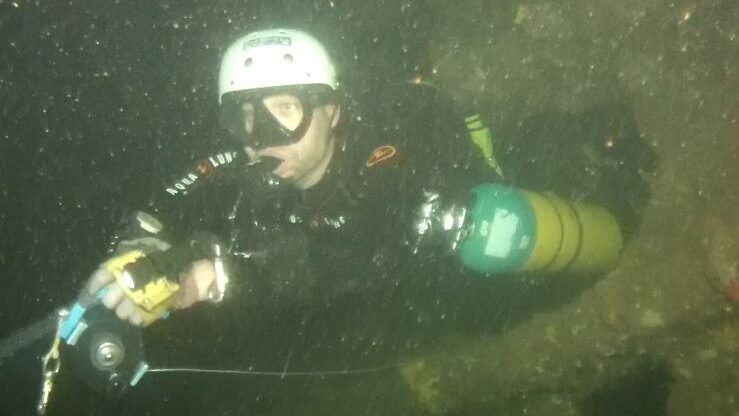
Wreck Diving Restrictions: Difficult (D)
- Partial equipment removal is necessary for the passage
- Potential for significant time impediment to egress from the wreck
Difficult restrictions necessitate a partial removal of equipment. There is an element of squeezing required to pass through these smaller spaces.
For sidemount divers, it would entail removing one cylinder. Technical backmount divers and CCR divers may need to remove and replace their stage/deco cylinders to pass through the restriction. When planning exit through the restriction, divers should anticipate the potential risk of significant time delays; whether caused by the need to don/doff equipment, the necessity for complex maneuvering, or the potential risk of temporary entrapment.
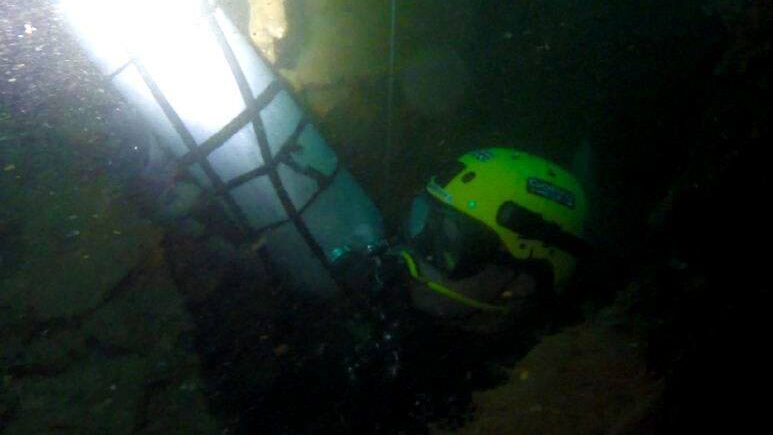
Wreck Diving Restrictions: Severe (S)
- Full equipment removal is necessary for the passage
- Significant risk of entrapment and delay in egress from the wreck
Severe and very severe restrictions require full equipment removal. They are a tight squeeze in which the diver has to wriggle, push and pull to get themselves through the confined space. Severe wreck restrictions present a foreseeable risk of temporary entrapment, and this should be incorporated into contingency dive planning.
Full equipment removal differs depending on the divers’ gear configuration. For sidemount divers, it may involve removing both cylinders. For backmount divers, it may involve removing their entire wing/doubles or CCR unit and pushing them through the restriction. Needless to say, the level of prerequisite skill necessary for full equipment removal also varies depending on the equipment and the complexity it demands.
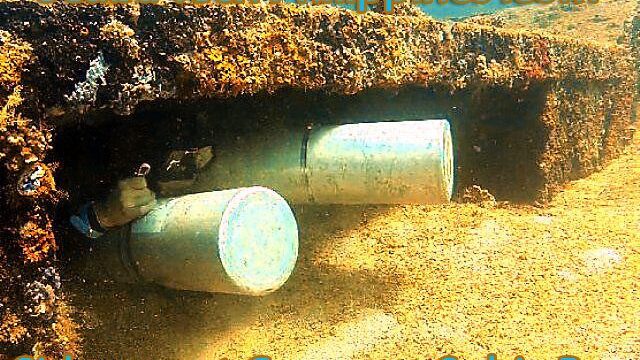
Wreck Diving Restrictions: Extremely Severe (E)
- One diver cannot pass through with both cylinders detached and pushed forwards
- Impossible to pass through with backmount doubles (even if removed and pushed)
- Requires leashed trail of one or more cylinders or ‘team pass’ of cylinders through restriction
- Typically very slow progress through the restriction
- Possibly a longer restriction, requiring several meters of travel
- Potentially impossible to perform gas share once within the restriction
Extreme restrictions are a major time impediment to exit, have a high likelihood of temporary entrapment, and/or require very complex individual or team coordination to pass equipment through the space. Special techniques and protocols are necessary and must be rehearsed in advance.
On sidemount, an extremely severe restriction would prohibit pushing both cylinders in advance. The diver may have to push one cylinder and tow the second cylinder behind them. For backmount divers, the restriction would preclude passing with a CCR unit or wing/doubles. Those divers may have to leave their primary equipment behind and progress through and beyond the restriction using a secondary breathing source; such as an appropriately rigged stage bottle (H and Y-type cylinder valves are ideal for this use to retain regulator redundancy).
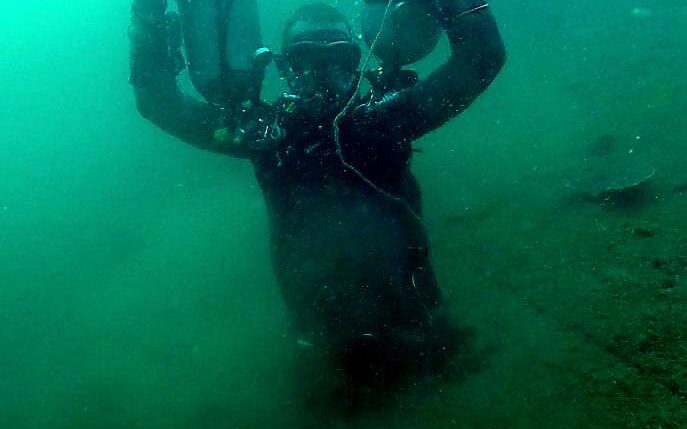
About The Author

Andy Davis is a RAID, PADI TecRec, ANDI, BSAC, and SSI-qualified independent technical diving instructor who specializes in teaching sidemount, trimix, and advanced wreck diving courses.
Currently residing in Subic Bay, Philippines; he has amassed more than 10,000 open-circuit and CCR dives over three decades of challenging diving across the globe.
Andy has published numerous diving magazine articles and designed advanced certification courses for several dive training agencies, He regularly tests and reviews new dive gear for scuba equipment manufacturers. Andy is currently writing a series of advanced diving books and creating a range of tech diving clothing and accessories.
Prior to becoming a professional technical diving educator in 2006, Andy was a commissioned officer in the Royal Air Force and has served in Iraq, Afghanistan, Belize, and Cyprus.
In 2023, Andy was named in the “Who’s Who of Sidemount” list by GUE InDepth Magazine.
Purchase my exclusive diving ebooks!
Originally posted 2013-08-20 16:12:17.







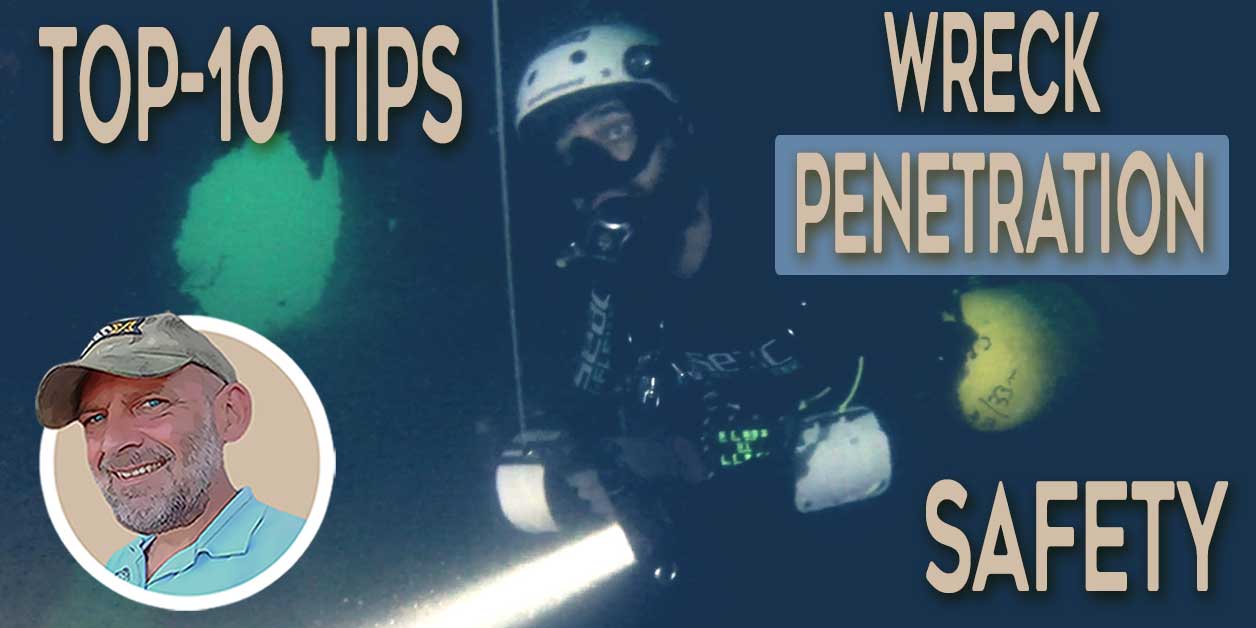
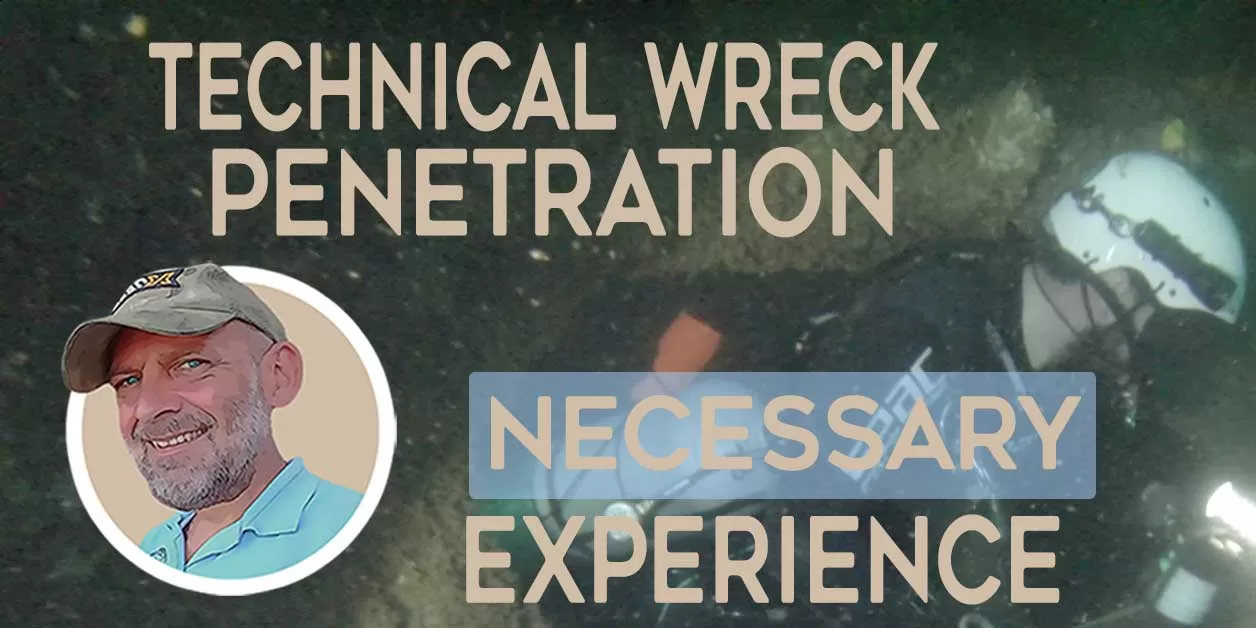
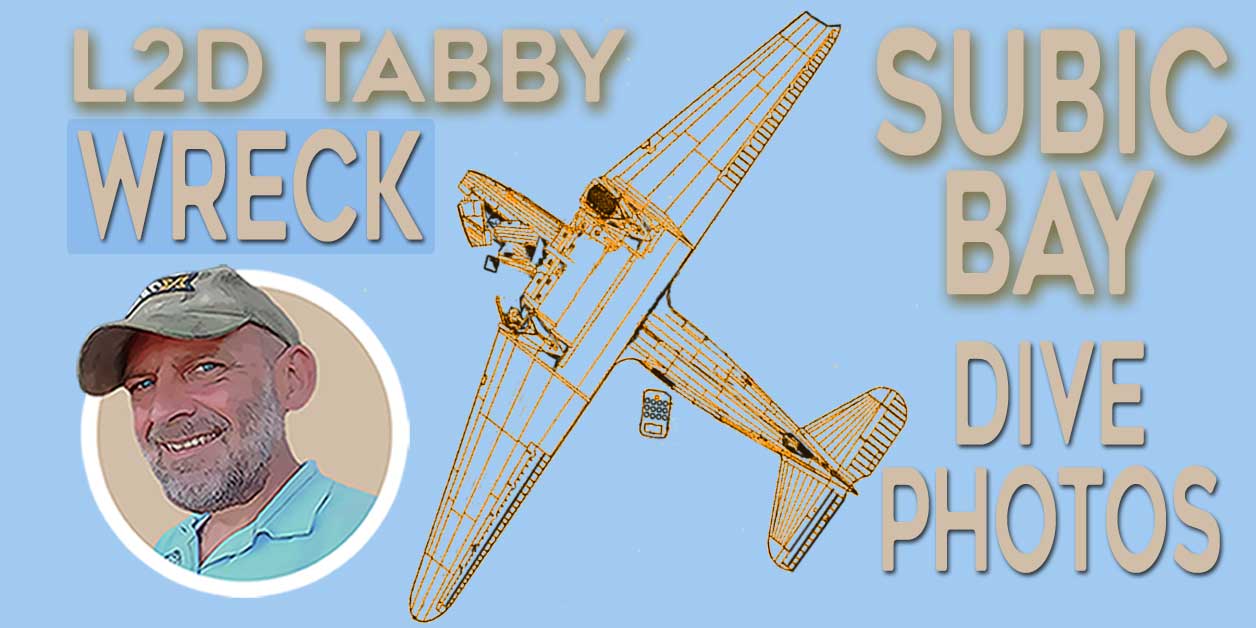

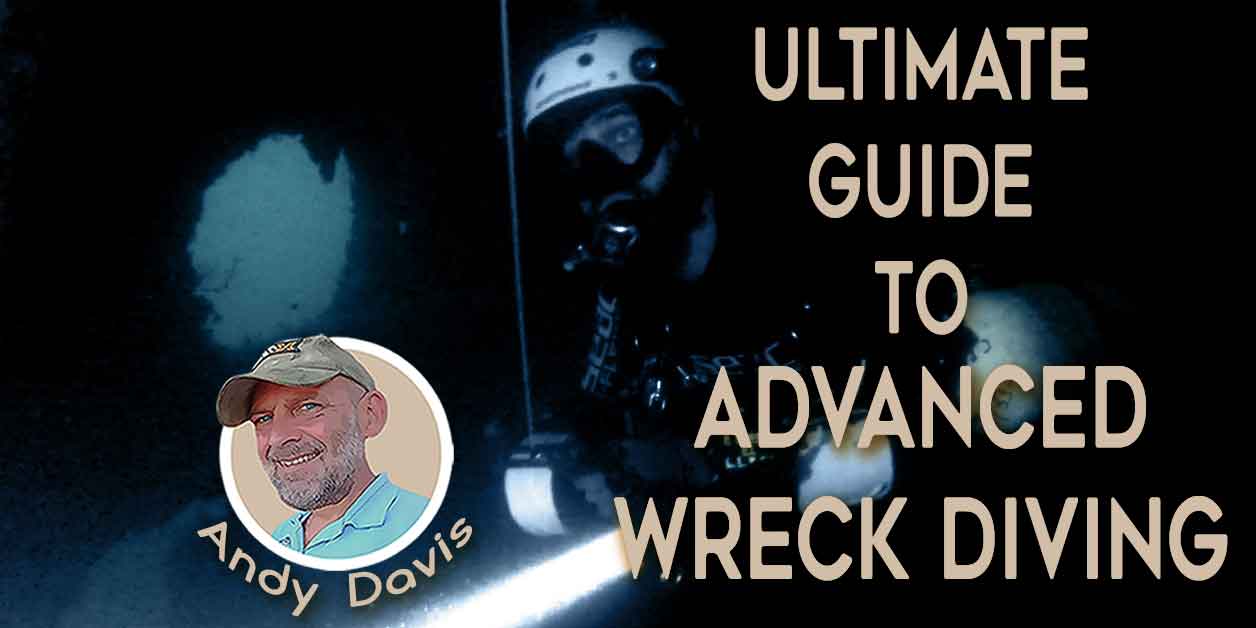
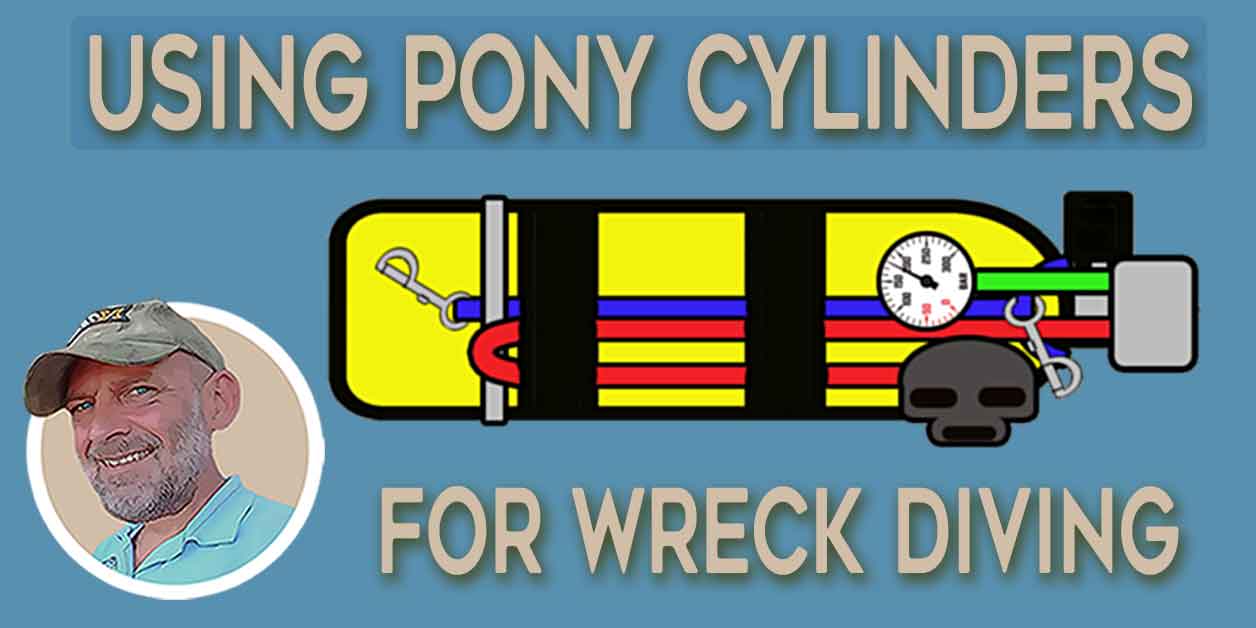
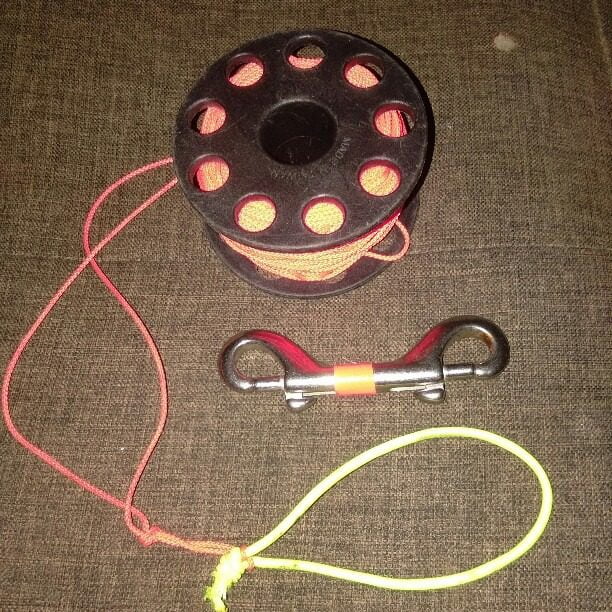
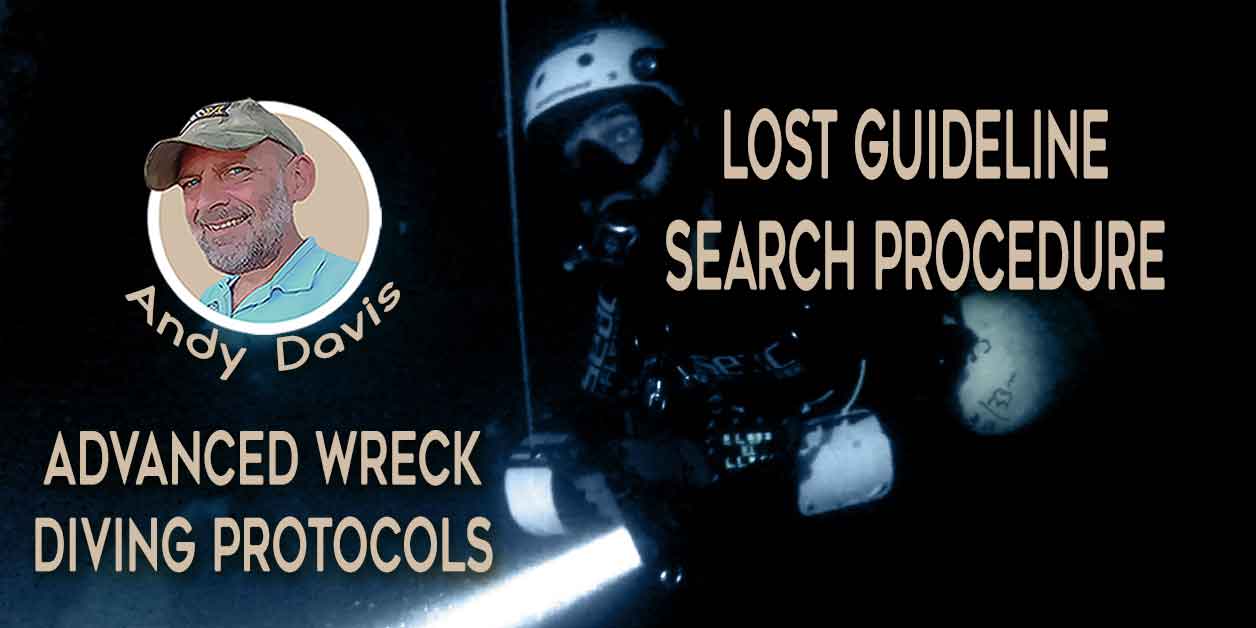

Yes, I got that changed pretty quickly. Extreme was meant to be (ES). To really make it clear, I’ve now re-named ‘Easy’ as Basic (B). Thanks for your feedback.
I like this article, I just think that your shorthand (E) (S) needs to be revamped as you use “E” twice, once for easy, once for extreme. Maybe consider using “X” for extreme. Maybe even add the skiing valuation for each as well to color code it. IE Green circle for Easy, Blue Square for Moderate, Black Diamond for Difficult, Two black diamonds for Extreme and 3 for “You’re and idiot of a god if you continue.